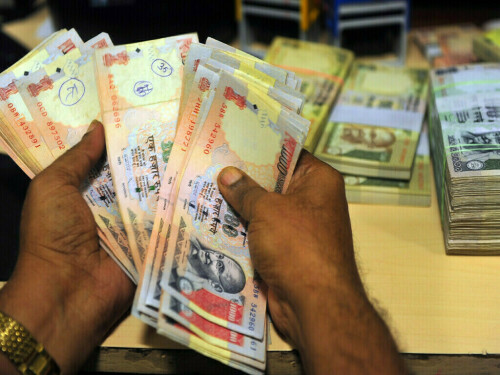Rupee’s Rise Anticipated to Stall Amid Asian Currency Weakness
The Indian rupee’s recent upward trajectory is predicted to face headwinds, potentially halting on Tuesday. This is due to a decline in various Asian currencies, influenced by the Chinese yuan, and the rupee’s struggle to surpass a critical resistance level.
The 1-month non-deliverable forward suggests an opening for the rupee at 85.22-85.24 against the U.S. dollar, a shift from its previous closing value of 85.1275.
The rupee encountered difficulty in breaching the 85 mark on the prior trading day.
The 200-day moving average, positioned within the 84.90-85.00 range, presented a resistance level, aligning with market expectations.
A currency trader at a prominent private institution pointed out that the rupee’s failure to overcome the 85 threshold is a concern, particularly given the widespread weakness observed among Asian currencies.
The onshore Chinese yuan contributed significantly to the regional downturn, depreciating to nearly 7.31 per dollar.
China’s central bank fixed the official midpoint at 7.2075, a slight adjustment from Monday’s 7.2055, despite a drop in the dollar index to a three-year low.
The dollar experienced continued depreciation against major currencies, impacted by criticisms from President Donald Trump regarding Federal Reserve Chair Jerome Powell and contentious trade policies.
Investor sentiment towards U.S. assets has diminished due to worries about the Fed’s independence and the potential impact of Trump’s tariffs on the U.S. economy.
Indian rupee concludes trading slightly higher
This apprehension permeated various asset classes. U.S. equities experienced a downturn, while Treasuries also declined.
ING Bank stated in a note that there is a strong conviction that the exceptional growth in the U.S. has diminished, necessitating a decrease in the dollar’s value. They added that April is emerging as a crucial month for the currency.
The dollar index has fallen by approximately 5.7% this month, positioning it for its most significant monthly decrease in at least a decade.



Comments (0)
No comments yet. Be the first to comment!
Leave a Comment